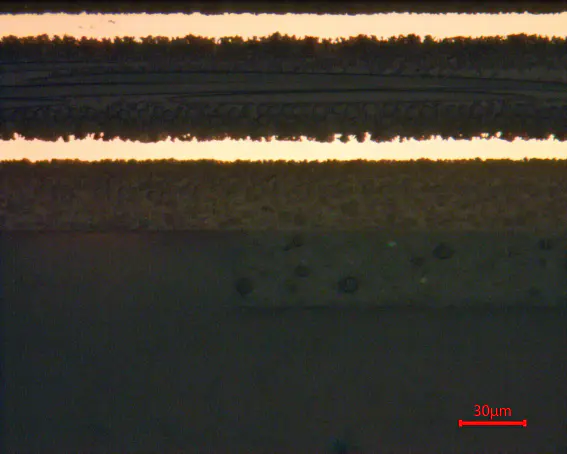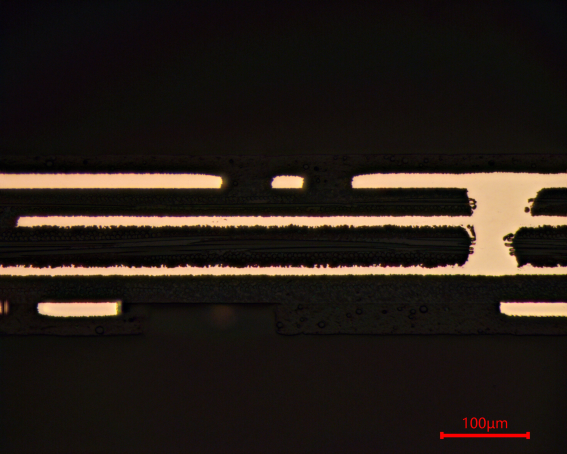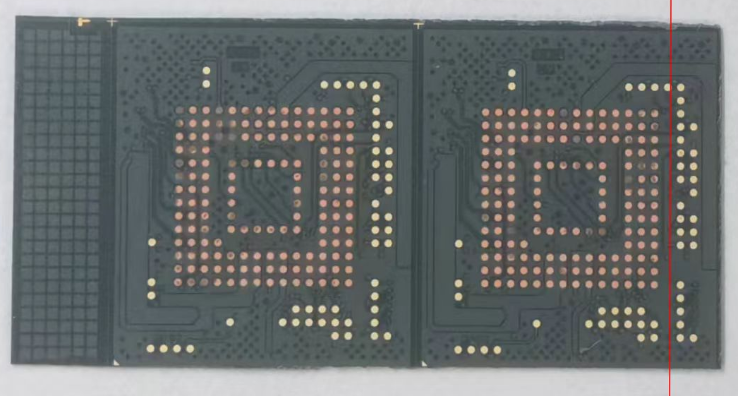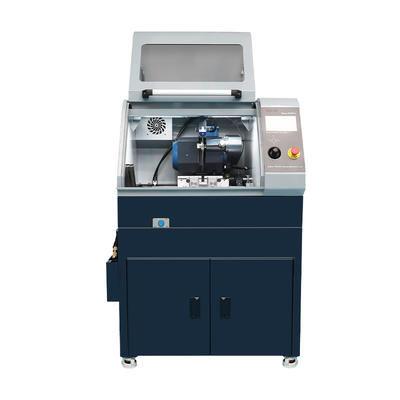As the core carrier of electronic manufacturing, the internal structural quality of PCBs directly determines the reliability of end products. Metallographic section testing is the most robust “quality perspective tool” in the PCB industry, unlocking the “hidden truth” of circuit boards step by step—from sampling, mounting, grinding, polishing to microscopic observation.
Whether it is the interlayer bonding force of multi-layer boards, the uniformity of through-hole electroplating, the microstructure of solder joints, or the peeling state of substrates and copper foils, metallographic sections can present them accurately.
For PCB enterprises, this testing is not only a rigid requirement to meet standards but also a core means to optimize production processes and improve product yield. Through metallographic section analysis, the crux of problems in drilling, lamination, electroplating and other processes can be quickly located, making quality control targeted.
A small section carries the safety bottom line of electronic products. Doing a good job in metallographic section testing is to build the first line of defense for PCB quality!
For efficient PCB sample preparation, P400 metallographic sandpaper is used for rough grinding, and POS disc is used for fine grinding positioning. The following scheme is shared for reference:
1.Grind to the edge of the target position with P400 metallographic sandpaper;
2.Grind to the target position with POS disc + 9μm PD-WT polishing suspension;
3.Polish with SC-JP polishing cloth + 3μm PD-WT polishing suspension;
4.Polish with ET-JP polishing cloth + 1μm PD-WT polishing suspension;
5.Perform final polishing with ZN-ZP polishing cloth + SO-A439 50nm silica polishing suspension.




#SteelMicrostructure #MaterialScience #Metallography #SteelSamples #MicrostructureAnalysis #SteelPrep #MaterialTechnician #SamplePreparation #Microscopy #MetallurgicalTesting #SteelAlloys #SteelPolishing #MicrostructureTesting #MetallographyLab #MaterialAnalysis #SteelQuality #MicroscopicView #MetallurgicalEngineering #LabTechLife #MaterialsTesting #StructuralAnalysis #metallurgymonday #crosssection #coldmounting

 中文简体
中文简体 英语
英语 西班牙语
西班牙语 德语
德语

















